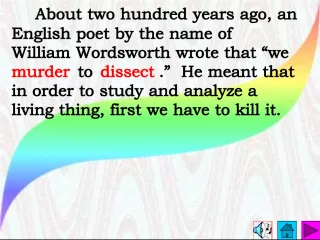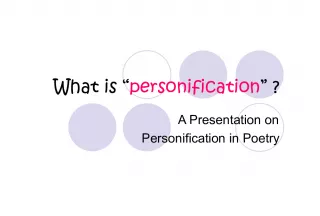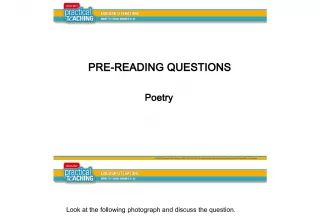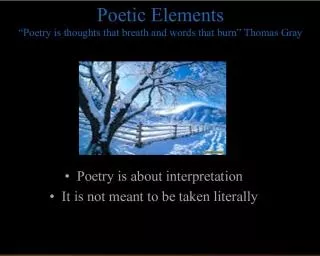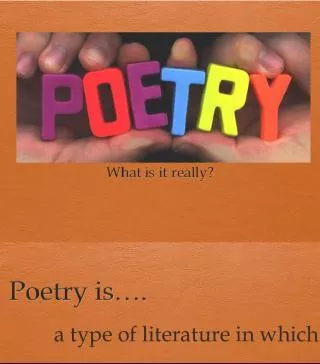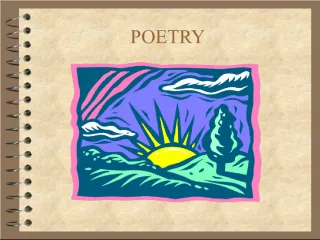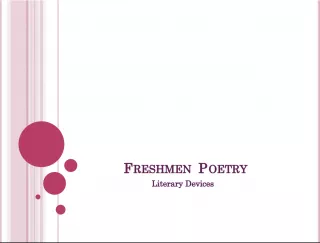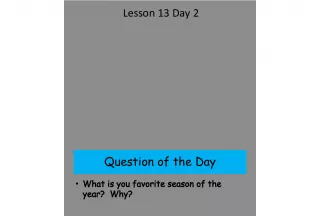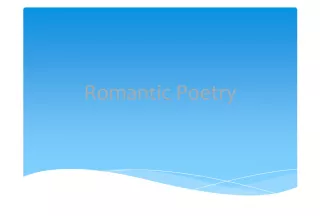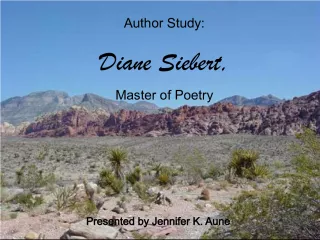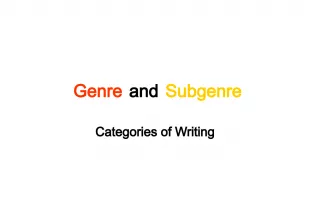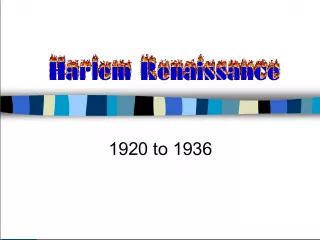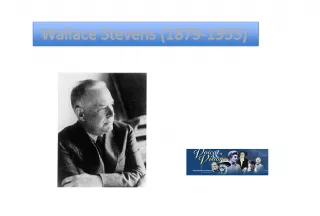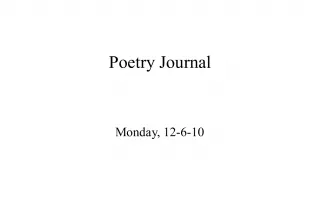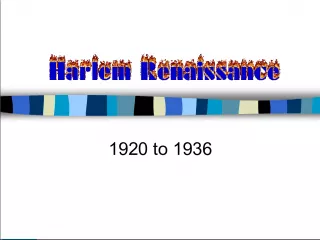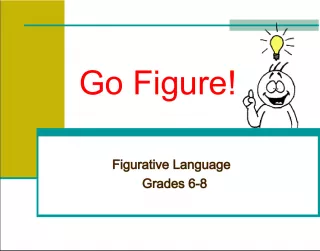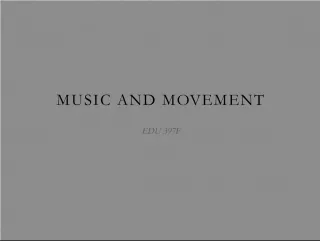The Art of Poetry
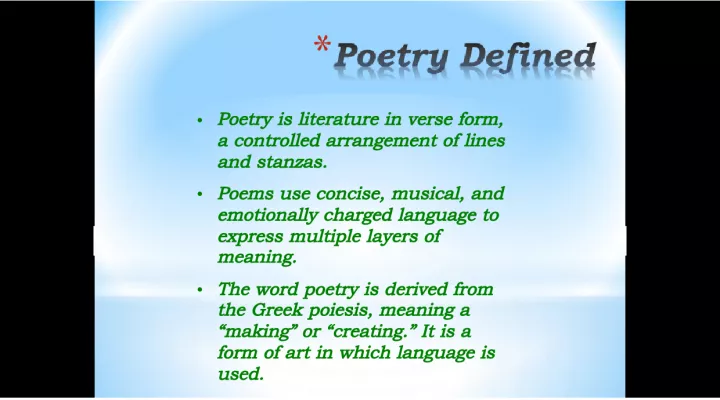

Poetry is a beautiful and complex form of literature that uses verse and controlled arrangements of lines and stanzas to express multiple layers of meaning. Poems are crafted with concise, musical, and emotionally charged language
- Uploaded on | 2 Views
-
 sadie
sadie
About The Art of Poetry
PowerPoint presentation about 'The Art of Poetry'. This presentation describes the topic on Poetry is a beautiful and complex form of literature that uses verse and controlled arrangements of lines and stanzas to express multiple layers of meaning. Poems are crafted with concise, musical, and emotionally charged language. The key topics included in this slideshow are . Download this presentation absolutely free.
Presentation Transcript
Slide2•Poetry is literature in verse form, a controlled arrangement of lines and stanzas. • Poems use concise, musical, and emotionally charged language to express multiple layers of meaning. • The word poetry is derived from the Greek poiesis, meaning a “making” or “creating.” It is a form of art in which language is used.
Slide3Figurative LanguageLanguage that is used imaginatively, rather than literally, to express ideas or feelings in new ways.
Slide4Figures of SpeechSimiles: compares one thing to another and uses the words “like” or “as.” Metaphors: an implied comparison made between two unlike things. Personification : giving human traits (qualities, feelings, action, or characteristics) to non-human objects.
Slide5Allusion: an allusion is the casual reference to a figure or event in history or literature that creates a mental image in the mind of the reader. Symbolism: the use of one object (a symbol ) to represent or suggest something else.
Slide6Imagery: Descriptive language that creates vivid impressions. These impressions, or images, are developed through sensory language, which provides details related to sight, sound, taste, touch, smell, and movement. Theme: the message of the poem Tone: the manner in which a poet makes his statement; it reflects his attitude toward his subject. The reader must learn to "hear" their tones with his mind's ear.
Slide7Rhythm the pattern created by stressed and unstressed syllables of words in sequence. A pattern of rhythm is called meter. Rhyme is the repetition of identical sounds in the last syllables of words. A pattern of rhyme at the ends of lines is a rhyme scheme. Alliteration or initial rhyme, is the repetition of the initial consonant sounds of words, as in light and lemon.
Slide8Assonance or vowel rhyme, is the repetition of vowel sounds in nearby words, as in the words d a te and f a de. Consonance the repetition of consonants within nearby words in which the preceding vowels differ, as in the words mi lk and wa lk .
Slide9Narrative poetry tells a story with a plot, characters, and a setting. Carpe diem is a Latin expression that means "seize the day." Carpe diem poems have the theme of living for today. • Epic is a long narrative poem about the feats of gods or heroes. • Ballad is a songlike narrative with stanzas and a refrain.
Slide10Dramatic poetry tells a story using a character’s own thoughts or spoken statement. Imagery Poems draw the reader into poetic experiences by touching on the images and senses which the reader already knows. Lyric poems express the feelings of a single speaker. *Lyrics are the most common type of poem in modern literature.
Slide11poems can also be categorized by structure, or form.Poetic structures are defined by patterns of line and stanza length, rhythm, and rhyme. Some examples are: Haiku is a verse form with three unrhymed lines of five, seven, and five syllables. Free verse poems have neither a set pattern of rhythm or rhyme. Acrostic Poem tells about the word. It uses the letters of the word for the first letter of each line.
Slide12Analyzing PoetryAnalysis means literally picking a poem apart - looking at elements such as imagery,symbolism, allusion, metaphor, poetic language, rhyme scheme, and so on - in order to see how they all work together to produce the poem's meaning. Annotating is a great way to begin analyzing a poem.
Slide13To annotate, put the poem under THE SCOPE and take a really good look at it. T: Theme – What is the message of the poem? H: How does the author arrange the words? What type of syntax and sentence structure is being used in the poem? E: Emotions – Tone? Mood? S: Subject Matter – What is the poem about? Look at the title. C: Characters – Who are the characters, if any, in the poem? O: Occasion – What is the setting? What is the time, place, and/or event going on in the poem? P: Poetic Devices – Look for figurative language and sound devices. E: Evaluate the author’s purpose – Based on what you know about the author, or the author’s tone, make an educated guess about the author’s purpose for writing the poem.
